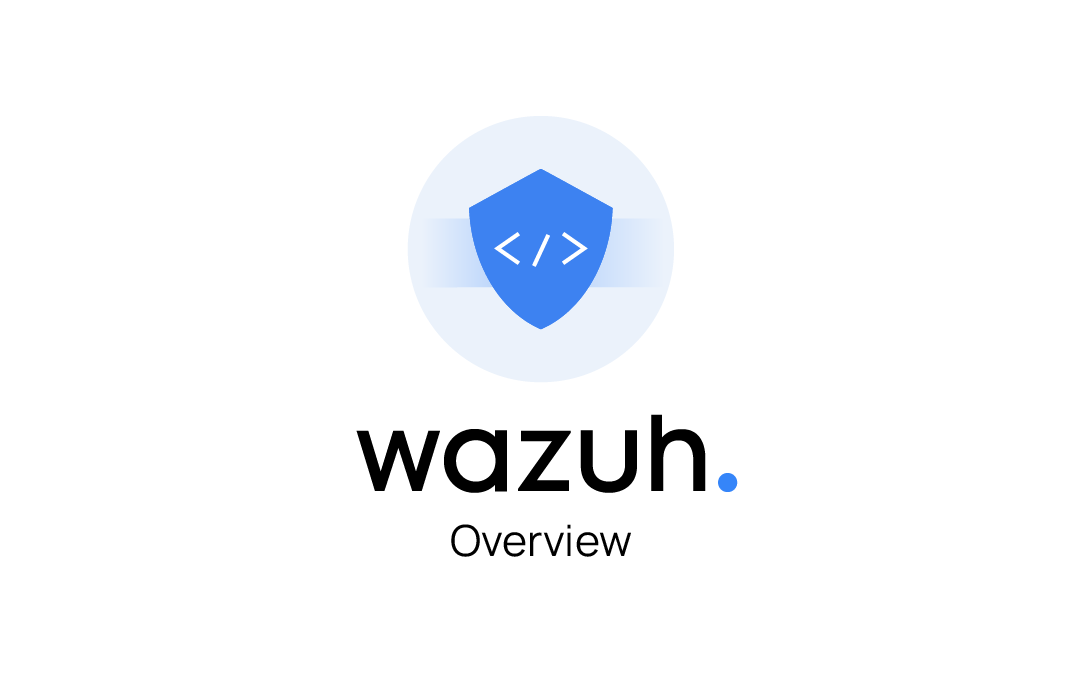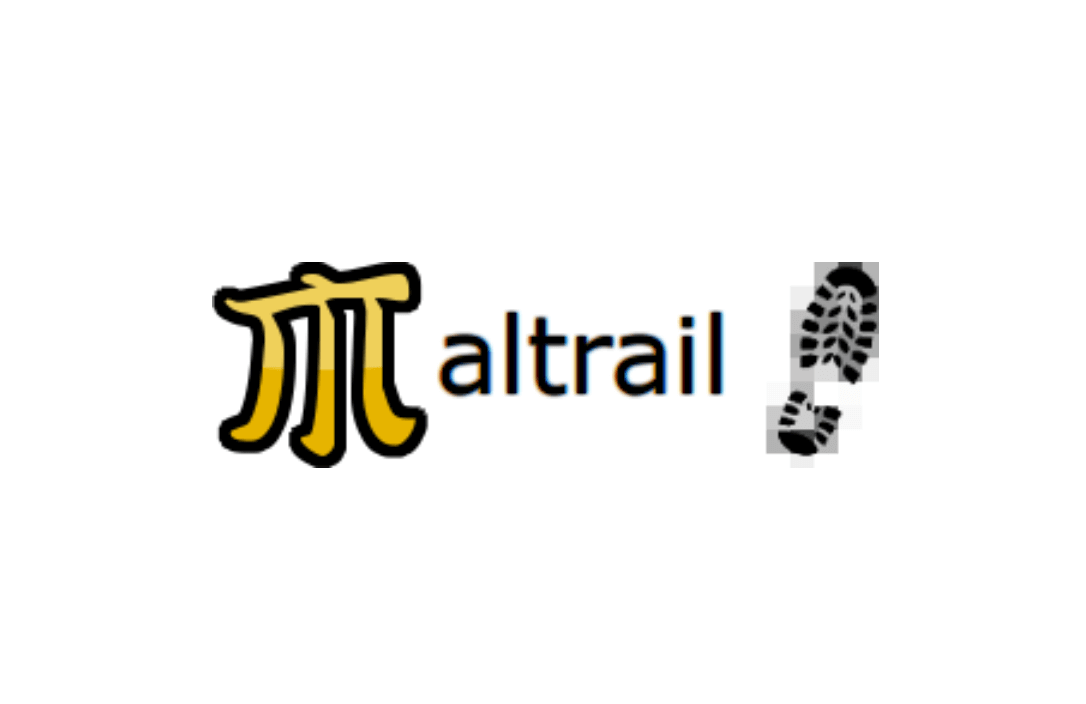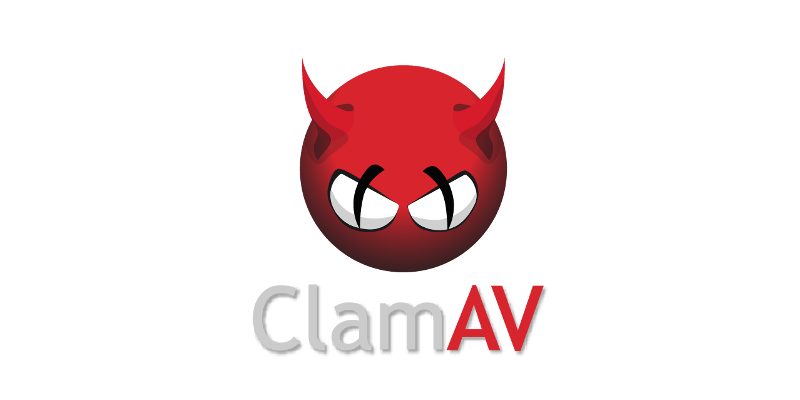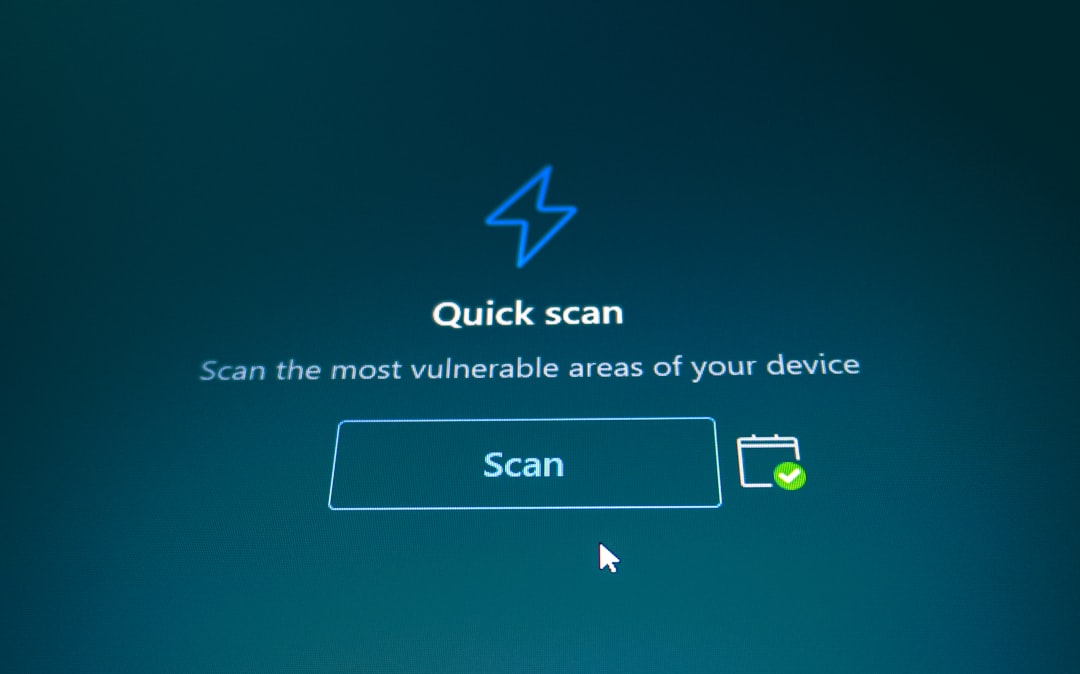Safety and Protection Made Easy
Discover a curated collection of free security programs designed for IT professionals, small companies, and enterprises. Whether you need data encryption, monitoring utilities, or safe browsing tools, armosecure.com combines software with professional support.
Network Operations Suite – Control, Monitor, Protect
At armosecure.com you will find a complete catalog of free safety and security programs gathered in one place. The collection includes antivirus solutions, firewalls, intrusion detection systems, encryption tools, and endpoint protection utilities.
osquery — SQL Lens on System State Why It Matters Admins spend time piecing together info: ps, netstat, digging through /var/log. Every system looks a bit different, and scripts pile up fast. osquery flips it around. It treats the OS as a database. System info becomes rows and tables you can query with SQL. Instead of custom scripts per host, you get one language to ask questions across Linux, macOS, and Windows.
ZoneAlarm — Personal Firewall and Security Suite for Windows Why It Matters ZoneAlarm has been around since the early 2000s, one of the first personal firewalls that regular users actually installed. While Windows now ships with its own firewall, ZoneAlarm kept a niche by adding extras: application control, phishing protection, and even antivirus in paid versions. For admins, it’s less about enterprise deployment and more about individual desktops or small offices that want stronger outbound con
Zeek — Network Security Monitor Why It Matters Signature-based IDS tools scream when they see something they know. Zeek works differently. It doesn’t just throw alerts; it records what’s going on in the network in detail. Logs for connections, DNS lookups, HTTP sessions, TLS handshakes. That context matters: instead of one-off alerts, analysts see the bigger picture. That’s why many SOCs keep Zeek running as a core data source.
YARA — Pattern Matching for Malware Research Why It Matters Antivirus engines often feel like black boxes — they detect, but you don’t see how. YARA flips that around. It lets researchers and incident responders write their own rules to spot malware families or suspicious files. Over the years it became a standard in threat hunting: when someone says “we shared YARA rules,” they mean reusable patterns for catching malware or IoCs.
Wazuh — Open-Source SIEM and Security Platform Why It Matters OSSEC was good as a host intrusion detection system, but it felt dated. Wazuh grew out of OSSEC and expanded into something closer to a full SIEM. It doesn’t just watch logs on one host — it can collect data from endpoints, cloud services, containers, and feed it all into dashboards. For admins, it means one platform that covers intrusion detection, file integrity, vulnerability checks, and compliance reporting.
Tripwire — Classic File Integrity Monitor Why It Matters Break-ins aren’t always obvious. No noisy alerts, no big red flags — just one binary swapped out, or a config file quietly edited. Tripwire was built for that job: checking if critical files change when they shouldn’t. It’s one of the oldest tools in the space, but admins still use it as a simple integrity watchdog.
Sysdig OSS — Open-Source System Call Analyzer Why It Matters Modern Linux systems run dozens of processes, containers, and services, often with little visibility into what they’re actually doing. Sysdig OSS gives admins a microscope into system calls and kernel-level activity. It’s not just for troubleshooting; it’s also used for forensics, incident response, and container monitoring. Many engineers still keep it in their toolkit because it exposes what top or strace can’t show in one place.
Suricata — IDS/IPS Engine with Modern Packet Processing Why It Matters For years Snort was the go-to IDS. Suricata came later as an alternative — built for multi-threading, higher throughput, and more flexible packet analysis. Today it’s widely used in SOCs, firewalls, and monitoring setups where speed matters. It speaks the same ruleset language as Snort (with extensions), making migration easier. Admins pick it when they need an open-source engine that can keep up with busy networks.
Spybot – Search & Destroy — Old-School Anti-Spyware for Windows Why It Matters Back in the early 2000s spyware was everywhere — toolbars, dialers, keyloggers, ad pop-ups. Spybot – Search & Destroy earned its name cleaning that mess. Today it’s less mainstream, but still used by some admins and power users who want a second opinion next to antivirus. It can scan Windows systems for spyware, tracking cookies, and certain rootkits. While modern AV covers most of the same ground, Spybot remains a re
SpyShelter Free — Focused Anti-Keylogger for Windows Why It Matters Most AV tools brag about catching malware, but small stuff like keyloggers often slips past. These programs don’t always show up as viruses — they just sit there and record keystrokes or grab clipboard data. SpyShelter Free is built to deal with exactly that. It’s been around a while, still used on Windows desktops where sensitive logins or finance work happen.
Sophos Home — Business-Grade AV in a Family Package Why It Matters Sophos has always been tied to the enterprise space, but they also ship a Home version. Think of it as a cut-down edition of their commercial endpoint client. For admins who already deal with Sophos in offices, this is familiar ground — same threat intelligence, just delivered for personal machines. It covers the basics: malware, phishing, and some web filtering. Not as feature-rich as the business suite, but plenty for desktops
Snort 3 — Open-Source IDS/IPS Engine Why It Matters Snort has been one of the best-known intrusion detection systems for two decades. The third generation (Snort 3) is more than just an update — it’s a redesign aimed at speed and flexibility. Many admins still run Suricata or Snort 2, but Snort 3 brings better performance, Lua-based configuration, and modern packet processing. For teams that want a proven IDS/IPS engine with Cisco support behind it, Snort 3 is a logical step forward.
SimpleWall — Minimal Firewall Front-End for Windows Why It Matters The Windows firewall engine itself works fine, but the interface is clunky. Adding rules takes too many clicks, and half the time admins just want to see which process is trying to talk outside. SimpleWall fixes that pain: a lightweight controller sitting on top of Windows Filtering Platform. No drivers, no bloat — just prompts and a rules list you can actually understand.
Security Onion — SOC in a Box Why It Matters Normally, building a SOC stack means pulling together half a dozen tools: packet capture, IDS, log collectors, dashboards, host agents. Getting them to play nicely takes time. Security Onion skips the build stage — it’s a Linux distro that ships with everything prewired. Drop it on a server, and you’ve got Suricata, Zeek, Wazuh, and the Elastic stack already working together. That’s why it shows up in blue-team labs, training ranges, and plenty of pro
Rkhunter — Old but Handy Rootkit Scanner Why It Matters Rootkits dig deep into Linux, hiding files, tweaking binaries, and loading shady kernel modules. Standard monitoring often misses them. Rkhunter has been around for years as a simple check-up tool. It doesn’t pretend to be a full-blown EDR — just a script that goes through the system looking for common traces of tampering. Admins still keep it in their bag of tricks for audits, quick sanity checks, or incident response when something feels
OpenSnitch — Interactive Firewall for Linux Desktops Why It Matters Windows users have long been familiar with tools like Little Snitch for monitoring outbound connections. Linux lacked a comparable solution for years, leaving admins and power users with iptables or nftables only. OpenSnitch fills that gap: it’s an application-level firewall for Linux that asks before processes connect out. For anyone who wants tighter visibility over what desktop apps are doing online, it’s a valuable addition.
OpenSnitch — Interactive Firewall for Linux Desktops Why It Matters Windows users have long been familiar with tools like Little Snitch for monitoring outbound connections. Linux lacked a comparable solution for years, leaving admins and power users with iptables or nftables only. OpenSnitch fills that gap: it’s an application-level firewall for Linux that asks before processes connect out. For anyone who wants tighter visibility over what desktop apps are doing online, it’s a valuable addition.
OSSEC — Old but Still Useful Host Intrusion Detection Why It Matters OSSEC has been around for a long time. It’s not shiny or modern-looking, but it does the job: watching what happens inside the operating system. Most people know it as a HIDS — Host Intrusion Detection System. It tracks logs, checks file integrity, looks for rootkits, and generally points out things you don’t want happening on your servers. Many companies keep it because it’s free, reliable, and fits well when compliance requir
OSArmor — Behavior Blocking for Windows Systems Why It Matters Classic antivirus tools rely mostly on signatures. That means they work well against known threats, but not so much against fresh malware or suspicious behavior. OSArmor is designed to close that gap. It doesn’t chase signatures — instead, it monitors how processes behave and blocks actions that look risky. For example, launching PowerShell with encoded commands, writing executables to temp folders, or injecting into system processes
NetLimiter Free — Per-Application Bandwidth Control for Windows Why It Matters On a busy workstation or test machine, it’s often hard to tell which program is eating bandwidth. Windows has a basic Resource Monitor, but it doesn’t give admins fine control. NetLimiter Free is a lightweight utility that solves this: it shows per-application network usage and allows limiting connections. For small teams, labs, or power users, it’s a simple way to keep rogue processes from hogging the line.
NetCrunch — Pragmatic Monitoring for Mixed Networks Why it matters Most shops don’t have the luxury of one neat stack. There’s a pile of switches and routers, a few cranky Windows boxes, some Linux VMs, maybe NetFlow somewhere. NetCrunch leans into that reality: one Windows-based server, discover what’s there, start watching it, and only then fuss with polish. It’s not open source, not a science project — more of a practical kit that gets visibility on the board fast.
Maltrail — Malicious Traffic Detection System Why It Matters Many organizations rely on IDS/IPS platforms, but they can be heavy and resource-intensive. Maltrail was built as a simpler option for detecting suspicious traffic. It uses public threat feeds, custom lists, and anomaly detection to spot compromised hosts or malicious communication patterns. For admins, it’s a quick way to get visibility into possible attacks without rolling out a full-scale enterprise IDS.
Lynis — Security Auditing for Linux and Unix Systems Why It Matters Running servers without regular audits is like driving without ever checking the brakes. Misconfigurations, weak permissions, outdated packages — they pile up quietly. Lynis is an open-source tool built to scan Linux and Unix systems for those issues. It doesn’t patch or fix by itself, but it gives administrators a clear checklist of weaknesses and suggested improvements. That makes it popular in hardening projects, compliance c
Immunet Antivirus — Lightweight Cloud-Based Malware Protection Why It Matters Not every endpoint needs a full enterprise suite with EDR and advanced analytics. Sometimes a small, lightweight antivirus is enough, especially in mixed fleets or for older hardware. Immunet Antivirus fits into that niche. It’s built on the ClamAV engine and cloud-assisted detection, providing baseline protection without the heavy footprint of commercial products. Admins often use it as a second layer alongside anothe
ClamAV — Open-Source Antivirus Engine Why It Matters Linux admins don’t always want heavy commercial AV. Sometimes all that’s needed is a free engine to scan mail or shared files. ClamAV has been around for years doing exactly that. It’s open source, widely trusted, and easy to script. Not an endpoint security suite, but solid for mail gateways and servers that need to block infected attachments.
ESET SysInspector — System Diagnostics and Malware Analysis Tool Why It Matters Sometimes antivirus says “all clean,” but something still feels wrong: slow boot, odd processes, strange network traffic. ESET SysInspector is designed for those cases. It’s not a scanner that blocks threats in real time — instead, it collects a full snapshot of the system so admins can review what’s running and what might look suspicious.
GlassWire — Visual Network Monitoring and Firewall Control Why It Matters On many Windows systems the firewall and network traffic are invisible — packets flow, but admins and users only see numbers in Task Manager. GlassWire fills that gap by turning raw connections into graphs and alerts. It’s not a heavy enterprise IDS; instead, it’s a desktop-focused tool that gives clear visibility into which applications talk to the network, when, and how much. For small businesses, labs, or even individua
Falcon Sensor — The Endpoint Piece of CrowdStrike Falcon Why It Matters Falcon Sensor is the bit that actually runs on the endpoint. The cloud console and dashboards look impressive, but none of it works if the sensor isn’t doing its job. It sits quietly in the background on every workstation or server, collecting what’s happening and enforcing rules when needed. For security teams rolling out Falcon, this is the part that decides whether the product feels light and reliable — or heavy and noisy
Falco — Watching Linux and Containers at Runtime Why It Matters Falco is often described as a runtime security tool, but in practice it feels like a watchdog sitting inside your Linux host or Kubernetes node. Logs and IDS tools see what already happened, while Falco pays attention to what the kernel is doing right now. That’s useful if someone spawns a shell inside a container, changes critical files, or starts probing the system in ways that don’t look normal. For teams running clusters, it cov
CrowdStrike Falcon — Cloud-Delivered Endpoint Defense Why It Matters CrowdStrike Falcon isn’t just another antivirus client. It’s designed as a cloud-first security platform that focuses on watching how endpoints actually behave, not only on matching files against signatures. Many security teams bring it in because they want visibility across a mixed fleet — laptops, servers, and cloud machines — without the hassle of heavy local updates. Falcon is often chosen to deal with ransomware, credentia
CrowdSec — Collaborative Intrusion Prevention System Why It Matters Traditional intrusion detection tools often run in isolation: one server spots an attack, but the knowledge stops there. CrowdSec flips that idea. It’s an open-source security engine that not only analyzes logs and behaviors locally but also shares signals about malicious IPs with a wider community. The result is a crowdsourced blocklist that evolves in real time. For admins, it means protection against scanners, brute-force att
Cortex XDR Collector — Endpoint Data Pipeline for Palo Alto XDR Why It Matters In larger environments, endpoint security isn’t just about blocking malware — it’s about collecting the right telemetry and sending it into an analytics platform. Cortex XDR Collector plays that role in Palo Alto’s ecosystem. It gathers detailed activity data from Windows, Linux, and macOS endpoints, then forwards it to Cortex XDR for correlation. Without the collector, the platform would have a gap at the endpoint le
Comodo Firewall Free — Network Control for Windows Hosts Why It Matters A firewall is often the first and last line of defense on a desktop or server. Windows comes with a built-in firewall, but many administrators look for alternatives that provide more visibility and tighter control. Comodo Firewall Free has been around for years and is still used when organizations want more than the stock ruleset. It brings per-application control, intrusion detection, and sandboxing features that make it st
ClamWin — Free Antivirus for Windows Systems Why It Matters ClamWin has been sitting in the Windows toolbox for a long time. It’s a free, open-source project built on the ClamAV engine, and it still gets used when a simple, no-cost antivirus is enough. Small offices, schools, even individual users keep it around for one reason: it does scheduled and manual scans without eating much in resources. It doesn’t compete with full enterprise suites, but for certain roles it’s just good enough.
Bitdefender — Endpoint Security for Real-World Environments Why It Matters Bitdefender is often grouped with antivirus tools, but in practice it works on a broader level. Large companies use it not just for catching viruses, but for protecting endpoints against ransomware, targeted intrusions, and exploit attempts. The product is designed for mixed fleets — laptops, servers, virtual workloads — where central management of security rules is critical. Admins tend to value the fact that the agents
Auditd Webhook — Bridging Linux Auditd with Security Pipelines Why It Matters Linux Auditd on its own produces very detailed logs — often too detailed. They come as raw text, not always convenient for automation or correlation. Auditd Webhook adds a missing layer: it takes these audit records, reshapes them into JSON, and pushes them out over HTTP(S) to whatever system is listening. That might be a SIEM, a log collector, or even a custom endpoint built for internal security operations. The value
About ArmoSecure – Advanced Safety & Security Solutions
Armosecure.com is a dedicated platform for safety and security solutions. Our mission is to bring together free tools for personal, business, and corporate use in one place, making it easier to secure systems and data.
The platform is valuable for individuals protecting their devices, small businesses that need cost-effective defense, and IT teams responsible for enterprise security. By providing curated free tools, we help organizations strengthen cybersecurity without heavy expenses.
Categories covered on armosecure.com include antivirus and firewall protection, intrusion detection, encryption, secure remote access, monitoring, vulnerability assessment, and backup security. Each program is tested for usability and reliability.
What makes us unique is not only the catalog of free tools but also expert assistance. Our team provides help with installation, setup, and integration of security software, making sure your protection is correctly implemented and fully functional.
With armosecure.com, you gain more than just free safety and security tools — you gain a partner in building secure and resilient IT environments.

FAQ











































